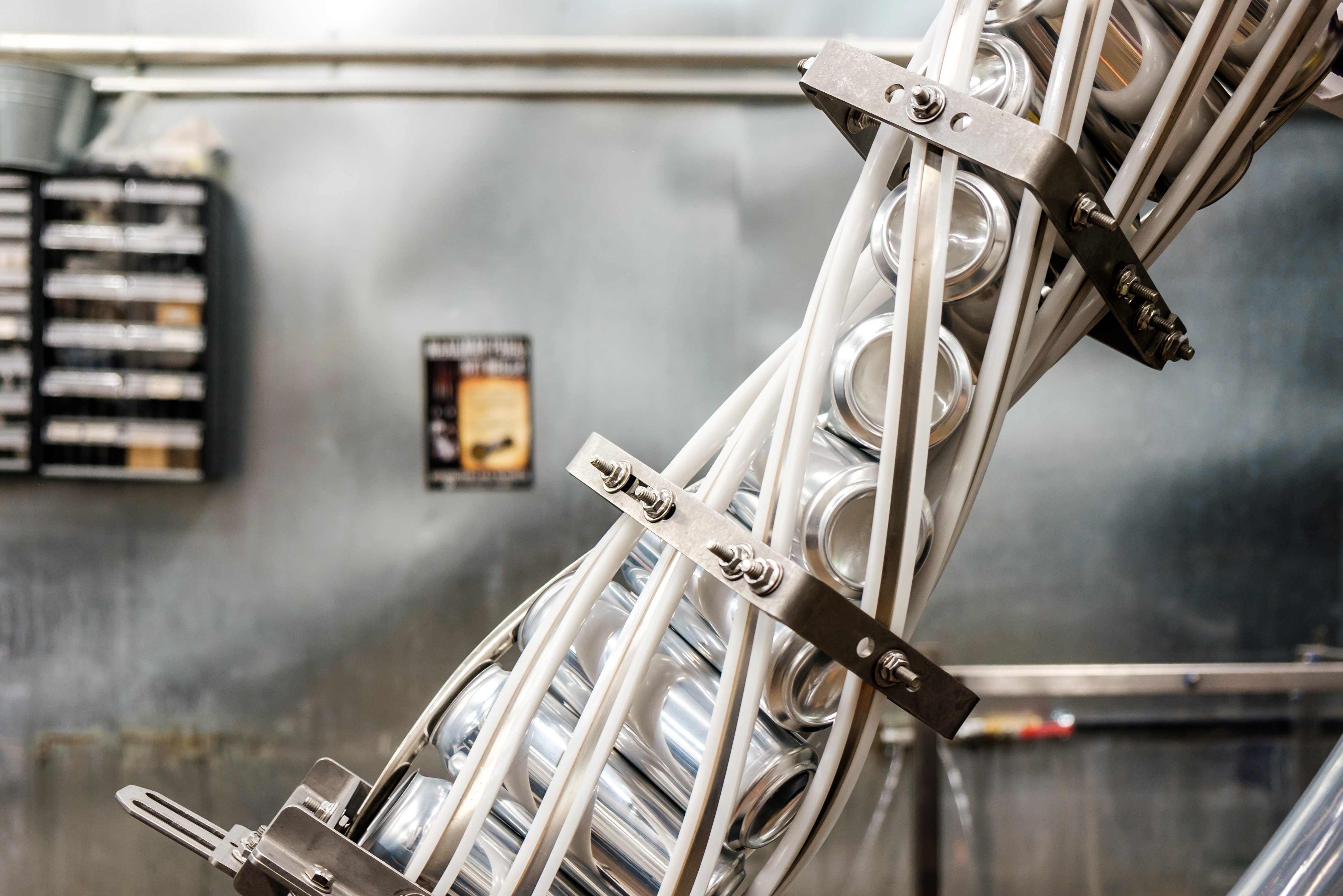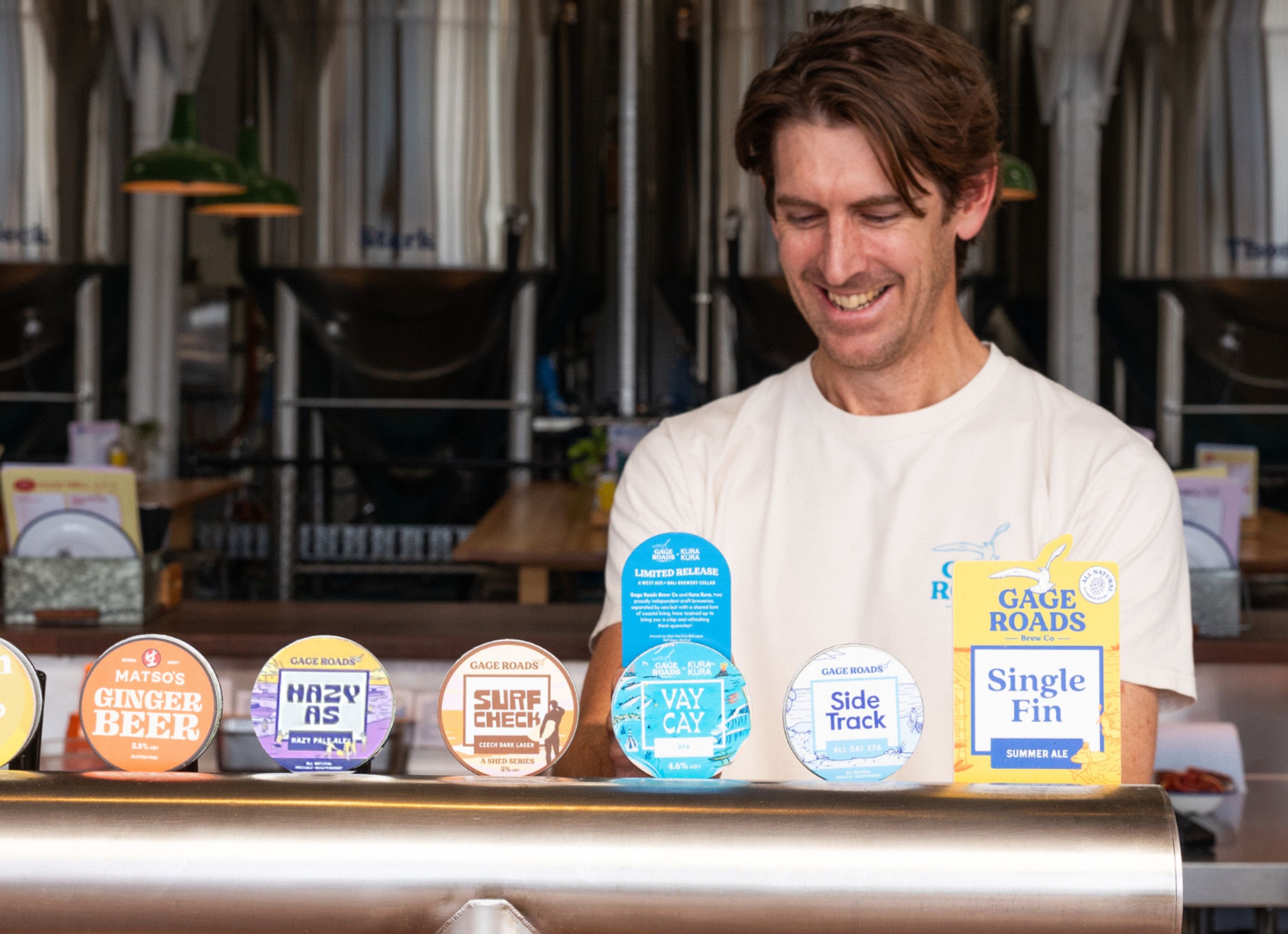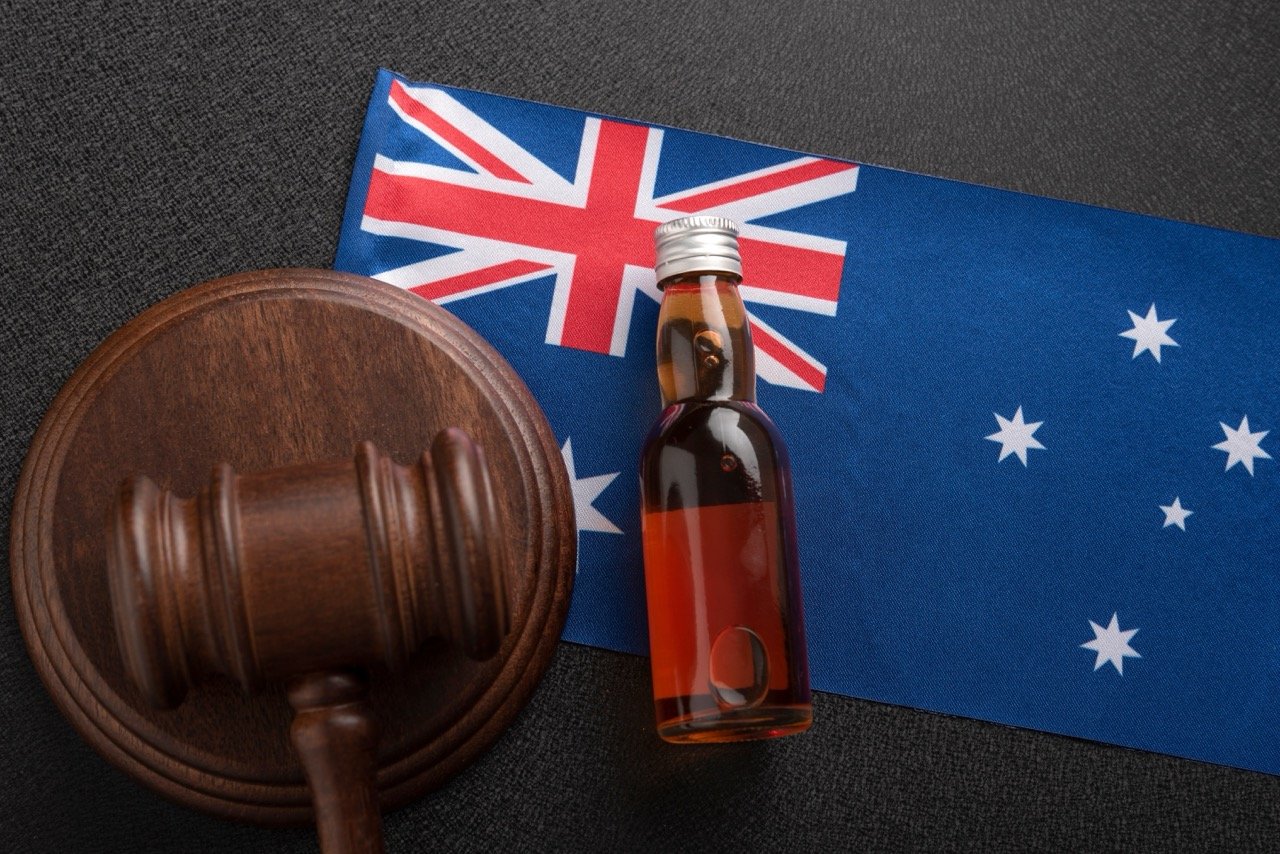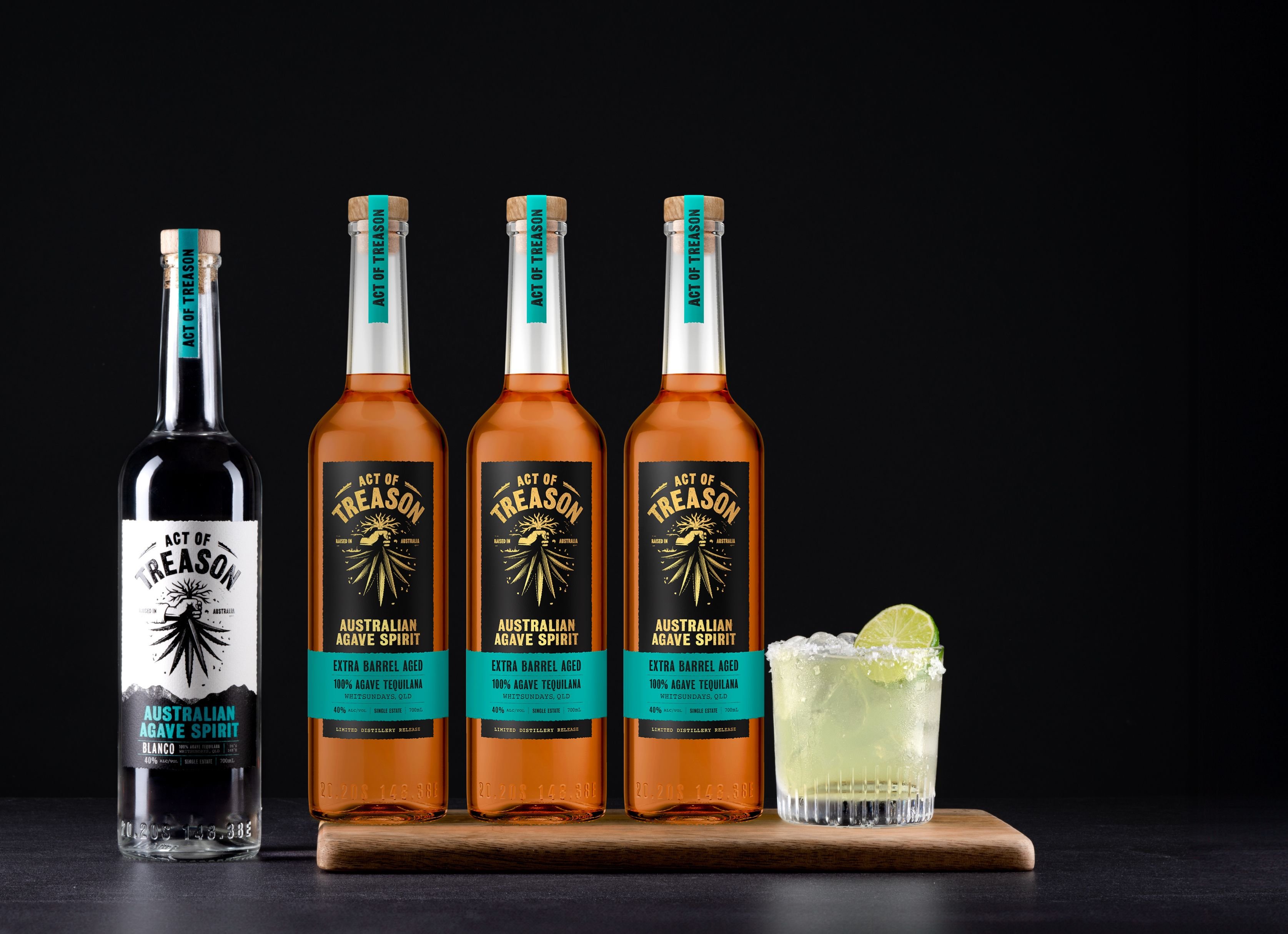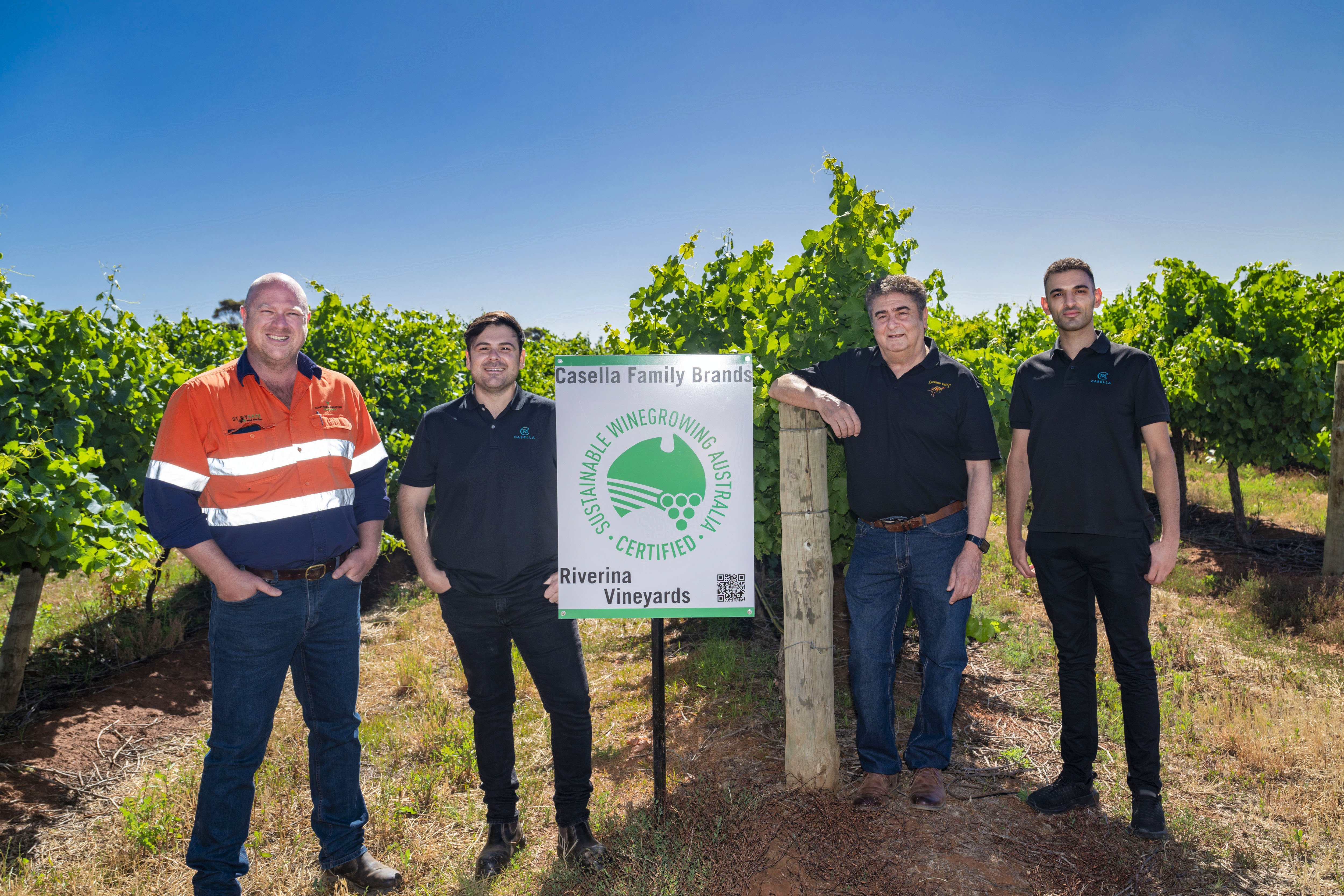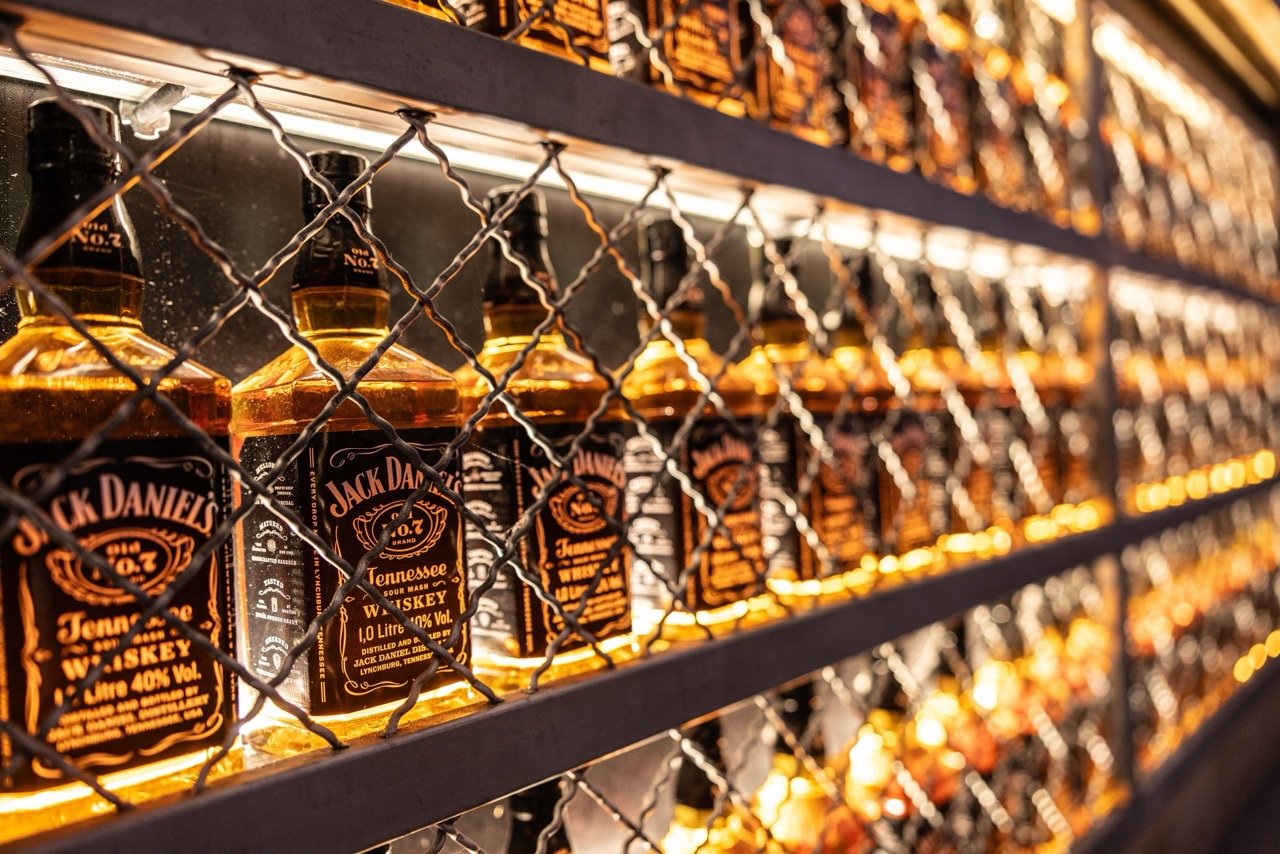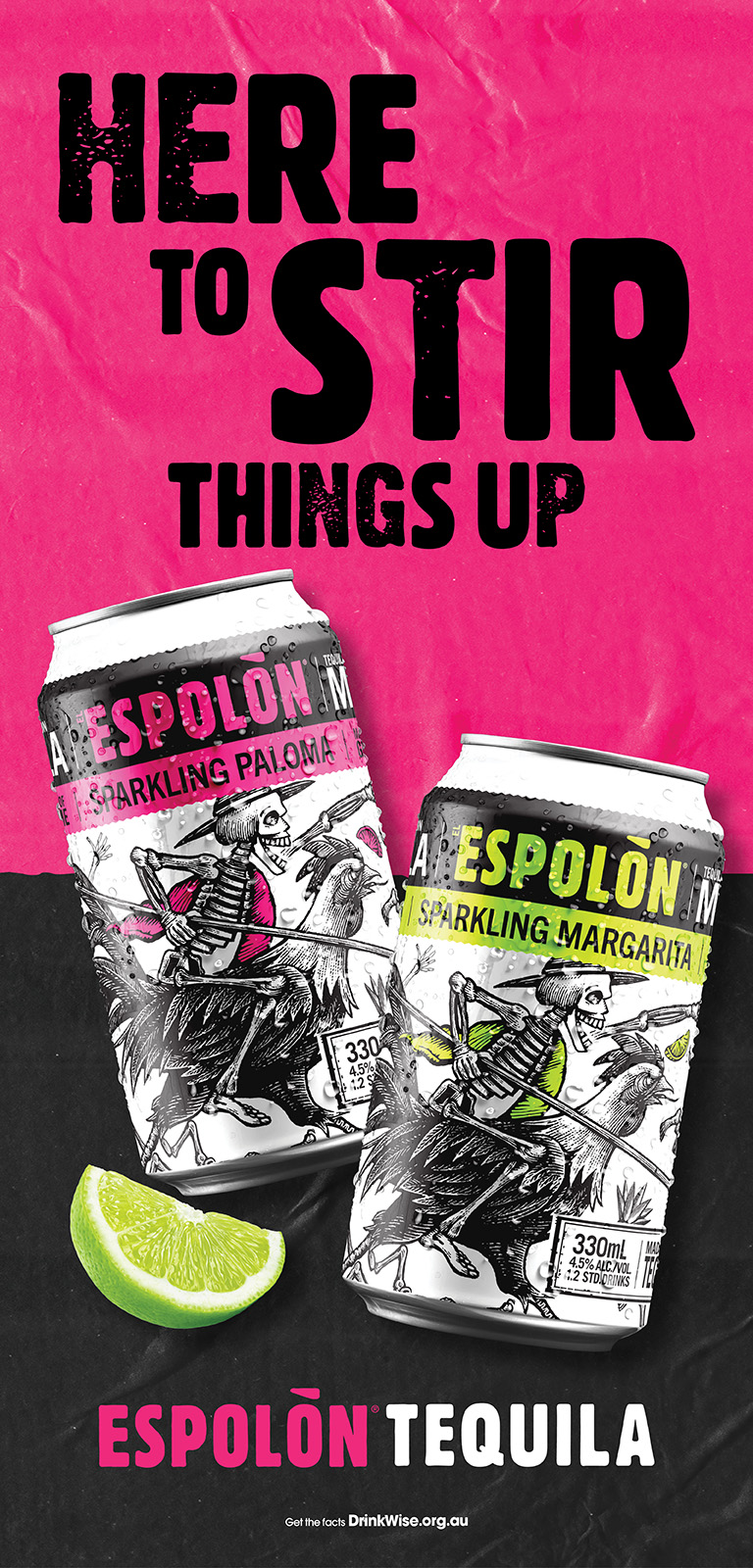Despite increasing significantly during the pandemic, a recent study conducted by the IWSR reveals the overall rate of innovation across the global liquor trade has been trending downwards for the past three years.
In 2023, the amount of new product launches were back in line with 2018 levels, 20% down on the 2020 peak.
According to Luke Tegner, IWSR’s Director of Consulting, “if our analysis tells us anything, it’s that innovation has historically been a key value driver, and while the current slowdown is likely symptomatic of brand owners responding to a cooling market, they should not step away from innovation entirely. Rather, now is the time for more targeted, considered NPD.”
IWSR points to three overarching use cases derived from its available data that all brand owners should consider when looking to launch new product innovations.
Case 1 includes products in categories that rely on variety and incremental innovation to drive sale. This includes categories such as new cask finishes on high-end whiskies. Responsible for 53% of all global innovation launches in 2020, the spirits category increased its market share to 57% despite also decreasing in quantity. Half of these launches were within the Scotch subcategory, with small volume and high value launches targeting existing engaged consumers.
Case 2 is for products in categories such as beer and RTD where innovation is important but the barrier to entry is high due to strong existing competition.
“Although the rate of innovation is much lower for beer, the economics of beer are very different to those of wines and spirits,” said Tegner.
“In beer you need much larger volumes from each individual innovation in order to get a decent return. The beer industry is also more consolidated amongst a few players who tend to launch bigger, but fewer, launches… While beer will have fewer innovations in numbers, they need to amortise costs across much higher volumes from each launch.”
Despite being the category in which innovations have the highest initial impact, the RTD category is maturing rapidly, and is becoming less reliant on innovation as a result. Individual innovations are now contributing smaller initial volumes and gaining less year-on-year than in the past.
Susie Goldspink, IWSR’s Head of RTD Insights, said that, “as the category initially grows and establishes itself, the more new options there are, the better. However, there comes a tipping point.”
As a result, brands now have to be careful to release new products that remain true to core brand values.
“Consumers love novelty and variety… but exploration needs to be tempered with brand building, and if brands are constantly changing their offering, consumers won’t understand what a brand stands for,” said Marten Lodewijks, President of the US Division at IWSR.
Case 3 is for products such as wine in categories where consumers are content with existing offerings, meaning the returns on an innovation are low.
Despite this, due to its size, wine was responsible for 31% of the new innovation launches in 2023, the second largest category after spirits and featuring more than five times the amount of launches when compared to RTDs.
However, the incremental retail sales value from wine innovations were the second lowest behind beer in both 2022 and 2023.
“There needs to be a desire on the part of retailers and on-trade to fill gaps in their listings, and to try new propositions,” said Tegner.
“As more listings are occupied by established successful products that are making money for the supply chain, there is less demand to list new products and therefore less scope for innovations to achieve successful listings and rates of sale.
“As such, brand owners need to be strategic in how and why they invest in NPD.”
Share the content
